
Indoor gardening has become a cherished hobby for many, especially in small spaces where nature can sometimes feel distant.
Imagine lush greens sprouting from every corner of your apartment, creating a serene oasis that not only beautifies your space but also purifies the air you breathe.
These 15 indoor gardening secrets will transform your home into a vibrant sanctuary, showcasing plants that thrive even in low light and enhancing your interior aesthetics.
Whether you have a sunny windowsill or a cozy nook, there’s a perfect plant waiting to flourish in your small space, elevating your living environment to new heights.
1. Choose the Right Low-Light Plants
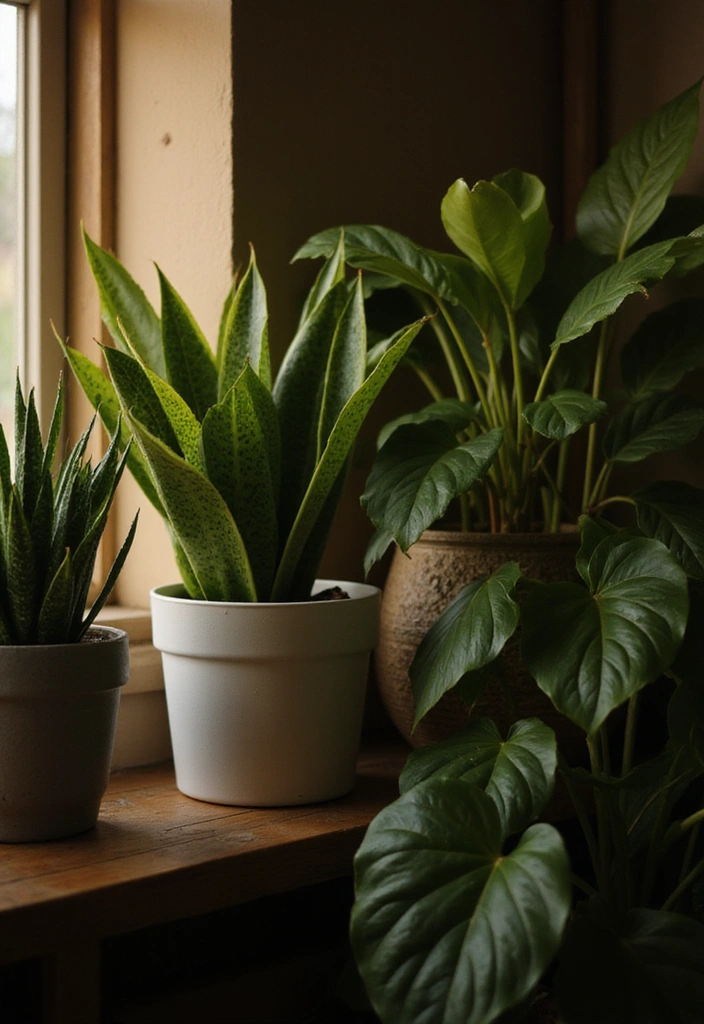
Selecting plants that thrive in low-light conditions is key for any indoor gardener, especially in small spaces where sunlight can be limited.
Consider resilient varieties like Snake Plant, ZZ Plant, or Pothos, which not only survive but thrive with minimal light.
These plants provide lush greenery without needing the sun’s direct rays, making them perfect companions for dimly lit corners or rooms.
Incorporating these hardy plants will ensure your indoor garden remains vibrant and lively, regardless of your space’s natural light availability.
2. Vertical Gardening: Maximize Your Space
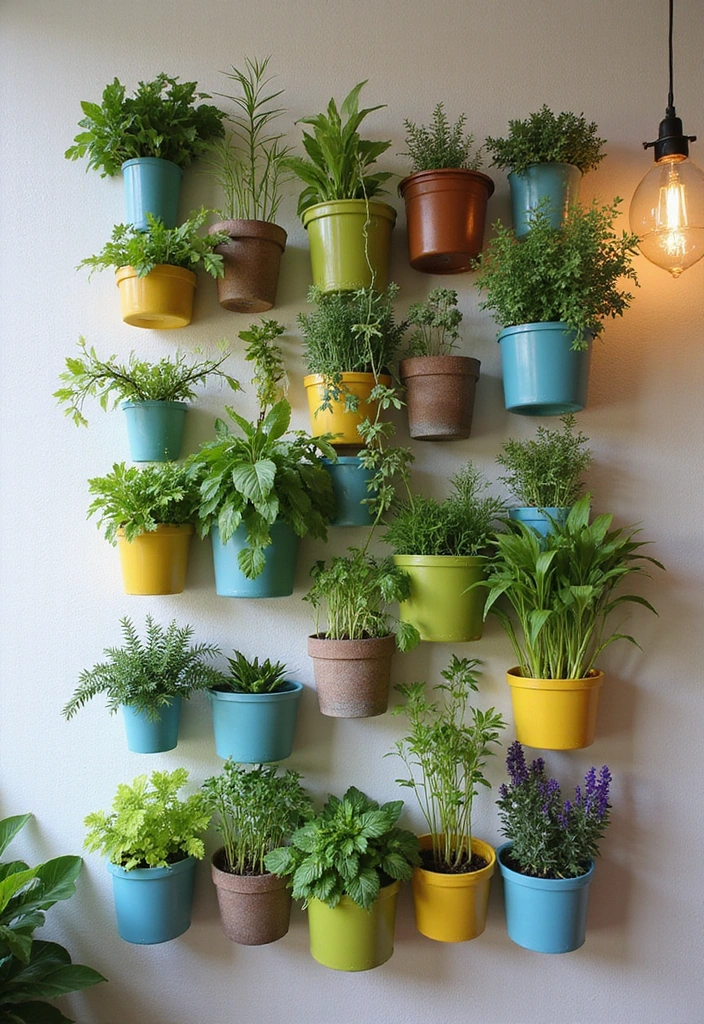
When floor space is at a premium, vertical gardening becomes your best friend.
Utilizing wall-mounted planters or vertical garden systems allows you to grow herbs, flowers, or even small vegetables upwards rather than outwards, saving valuable space.
These installations turn your walls into living art, adding visual interest and a touch of nature to your indoor environment.
Moreover, vertical gardens can be easily assembled and customized to fit any decor style, making them an attractive and functional solution for small spaces.
3. Use Multi-Functional Furniture

In small spaces, every piece of furniture should serve multiple purposes, including your plant displays.
Opt for furniture that doubles as planters or storage for your gardening supplies, such as ottomans with hidden compartments or coffee tables with integrated planter boxes.
This smart choice not only saves space but also enhances your home’s aesthetics, creating a cohesive look that integrates greenery into your decor.
By blending functionality with style, you can enjoy your indoor garden without sacrificing valuable living space.
4. Incorporate Colorful Pots

The pots you choose for your indoor plants can dramatically affect the overall aesthetic of your space.
Bright, colorful pots can transform even the simplest plant into a striking focal point, adding personality and vibrancy to your decor.
Mix and match different colors, textures, and designs to create an eclectic yet harmonious look that reflects your unique style.
This playful approach not only enhances your indoor garden but can also uplift your mood, creating a joyful atmosphere in your home.
5. Utilize Shelving for Layered Displays
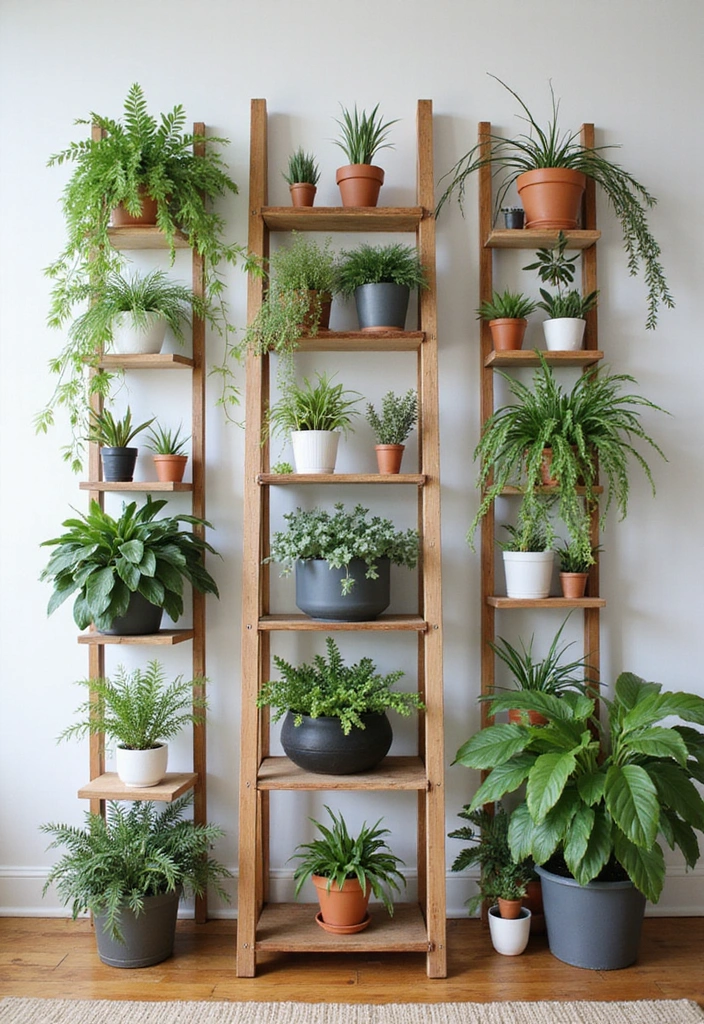
Shelving offers an excellent opportunity to create a layered display of plants in your home, adding depth and character to your indoor garden.
By arranging plants of varying heights on shelves, you can create a visually appealing composition that draws the eye and enhances your living space.
Consider using floating shelves, ladder-style shelving, or bookcases to showcase your plant collection while keeping them organized and accessible.
This method not only maximizes your vertical space but also provides a stunning visual feast that highlights the beauty of each plant.
6. Embrace Hydroculture
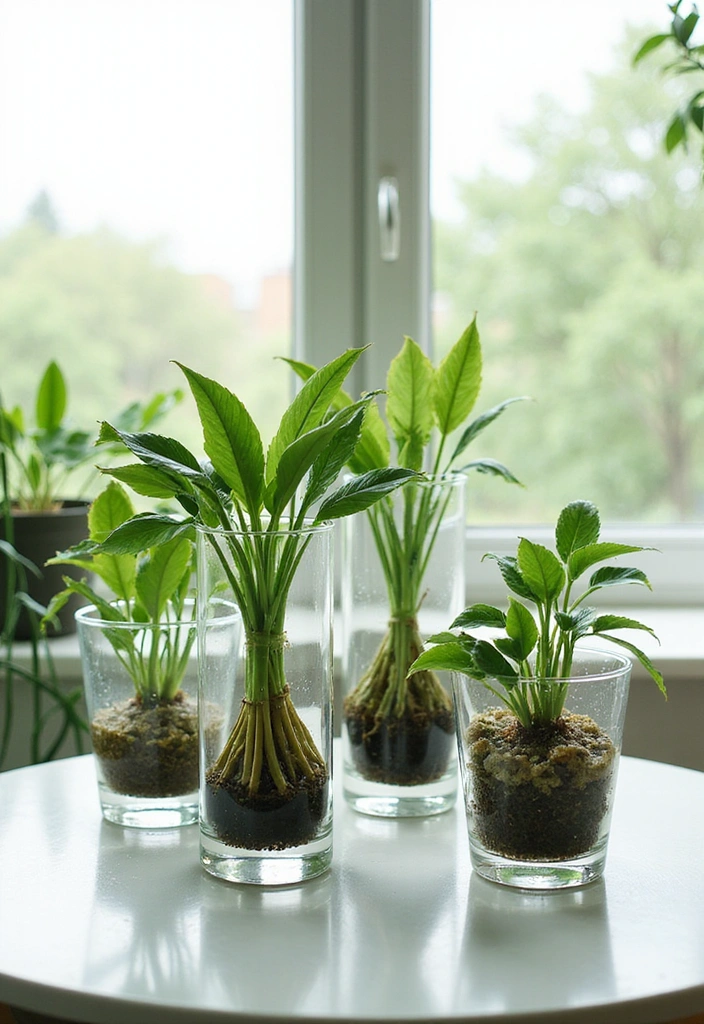
Hydroculture is a fascinating method of growing plants in water instead of soil, ideal for small spaces with limited mess.
This innovative technique allows you to showcase your plants in clear containers, creating an interesting visual element that enhances your indoor decor.
Plants like pothos, lucky bamboo, and even certain herbs thrive in this environment, providing a clean and sleek look to your indoor garden.
By eliminating soil, you also reduce pests and mess, making hydroculture a practical choice for busy urban dwellers.
7. Create a Miniature Indoor Garden
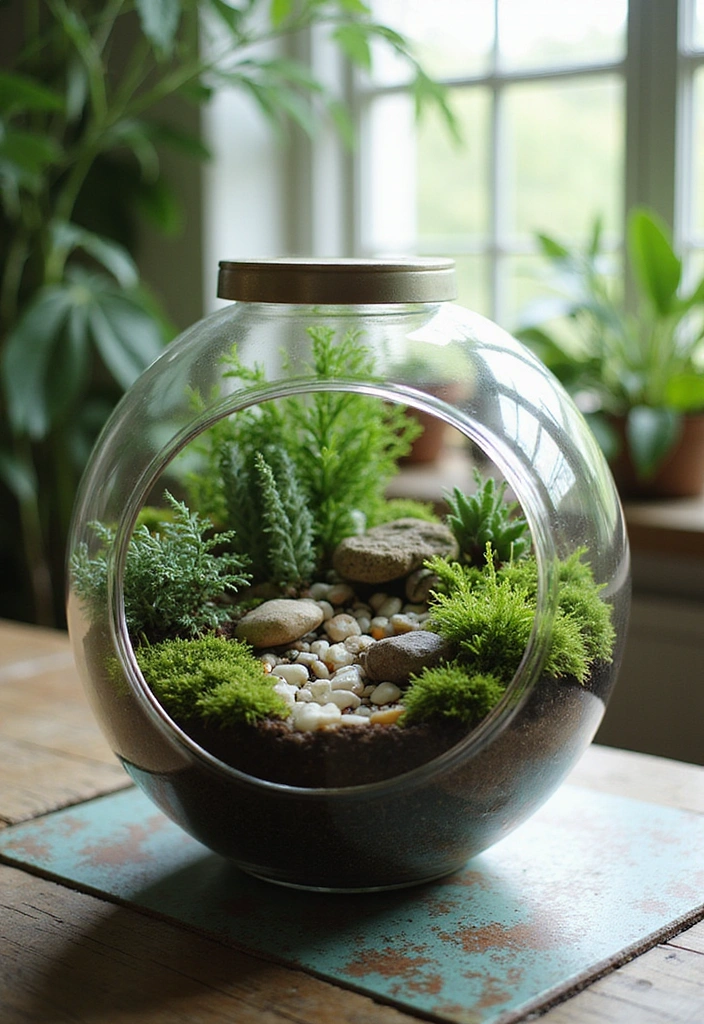
Miniature indoor gardens, often referred to as terrariums, are a delightful way to bring a slice of nature indoors.
These small ecosystems can be created using glass containers filled with soil, decorative stones, and tiny plants, allowing you to craft a personalized green space.
Terrariums can thrive in low light and require minimal maintenance, making them perfect for small areas.
Not only do they serve as stunning decor pieces, but they also offer a unique way to express your creative flair while nurturing your green thumb.
8. Optimize Your Windowsill
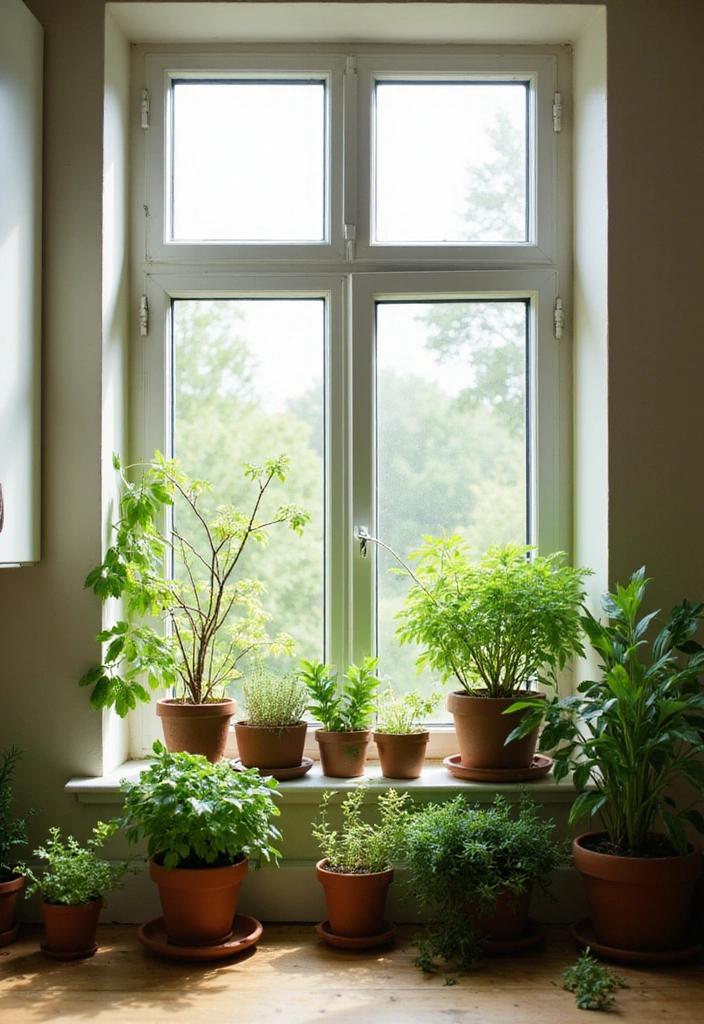
Your windowsill can serve as a prime location for your indoor garden, especially if it receives ample sunlight.
Utilize this space to grow herbs, small vegetables, or flowering plants, transforming your kitchen or living area into a vibrant green space.
Using tiered plant stands or small pots allows you to maximize the available sunlight while adding visual interest.
This setup not only beautifies your home but also provides fresh herbs and produce at your fingertips, promoting a sustainable lifestyle.
9. Use Grow Lights for Dark Spaces
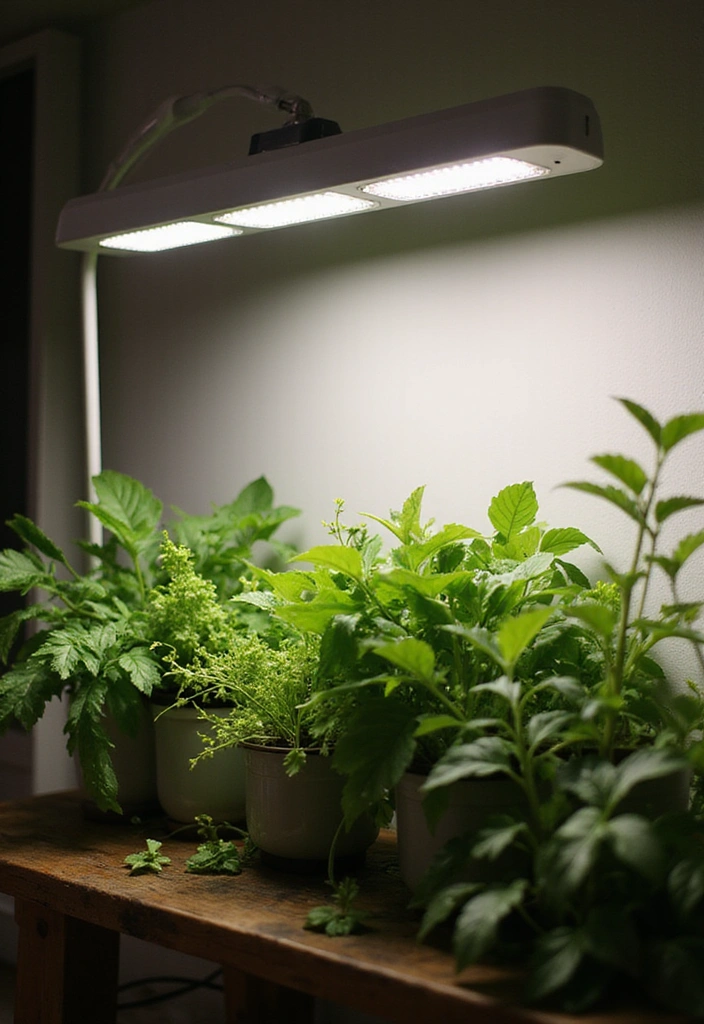
If your small space lacks natural light, consider investing in grow lights to support your indoor gardening aspirations.
These specialized lights simulate sunlight, allowing you to grow a wider variety of plants, even in the darkest corners of your home.
Choose from LED grow lights, which are energy-efficient and customizable, to ensure your plants receive the right amount of light for optimal growth.
By using grow lights, you can cultivate a flourishing indoor garden that thrives year-round, regardless of your space’s light conditions.
10. Incorporate Air Plants
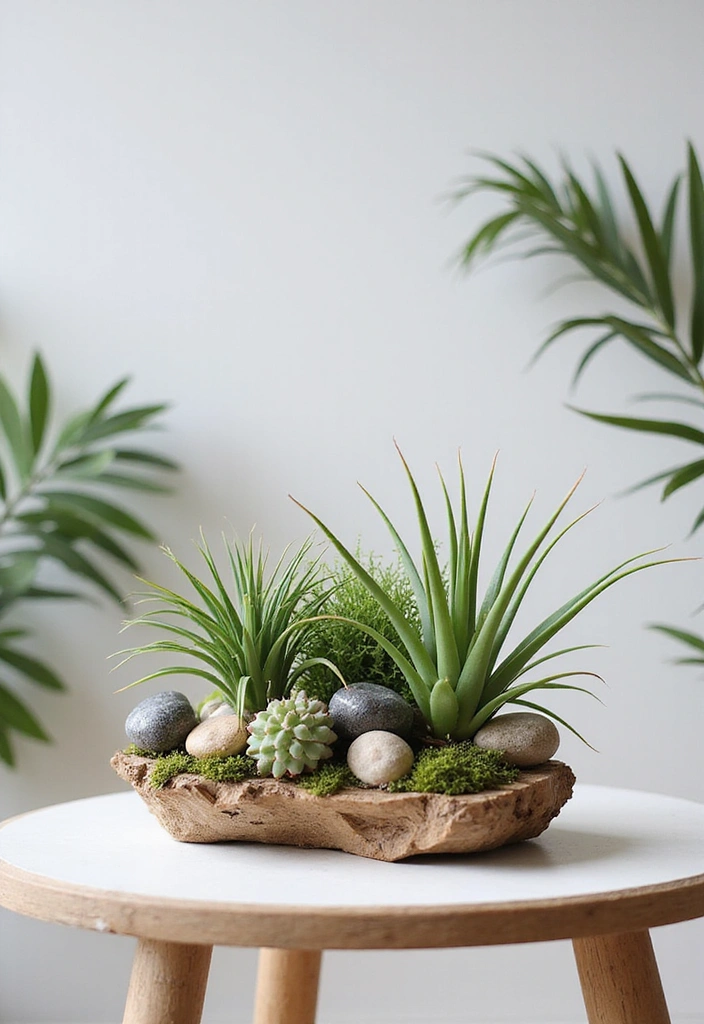
Air plants, or Tillandsia, are unique specimens that require minimal care and thrive without soil, making them perfect for small spaces.
These fascinating plants can be displayed in a variety of creative ways: in hanging terrariums, mounted on decorative wood, or simply nestled in decorative bowls.
Air plants adapt easily to different light conditions, including low light, making them an excellent choice for any indoor environment.
Their sculptural forms and diverse textures add a modern touch to your indoor garden, enhancing your home’s overall aesthetics.
11. Create a Plant Care Schedule
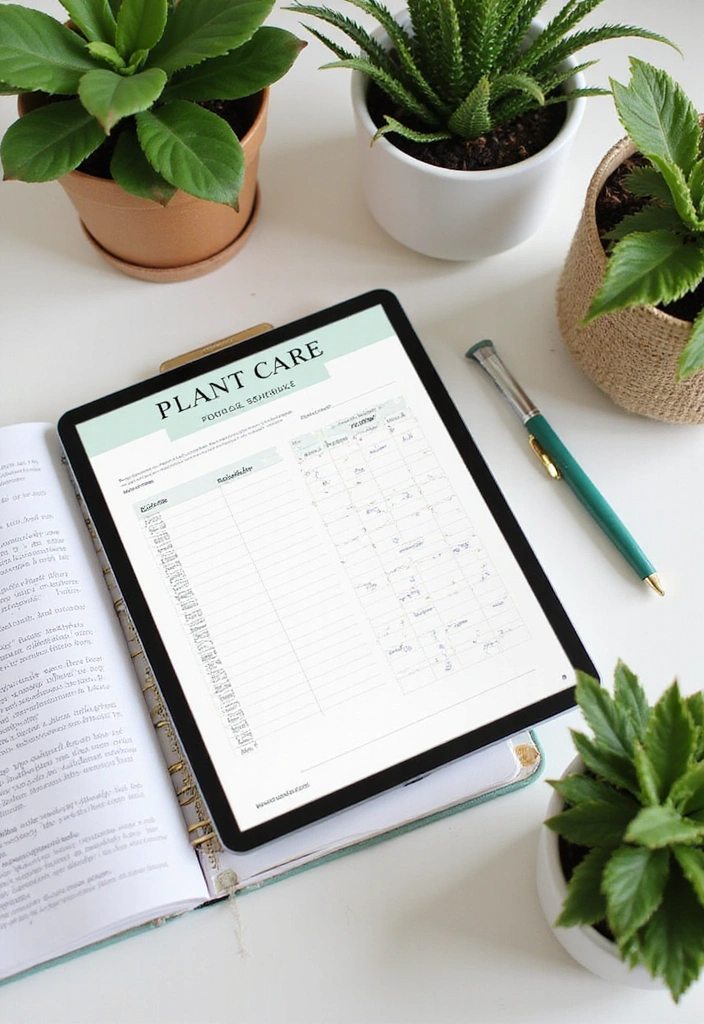
Maintaining a healthy indoor garden requires diligence, especially in small spaces where plants may compete for resources.
Developing a plant care schedule will help you keep track of watering, feeding, and pruning needs, ensuring your plants thrive.
Utilize a simple calendar or a digital app to set reminders for each plant’s specific requirements, taking into consideration their individual light and water needs.
This organized approach will not only keep your plants healthy but also enhance your gardening experience, allowing you to fully enjoy your indoor oasis.
12. Experiment with Edible Indoor Plants
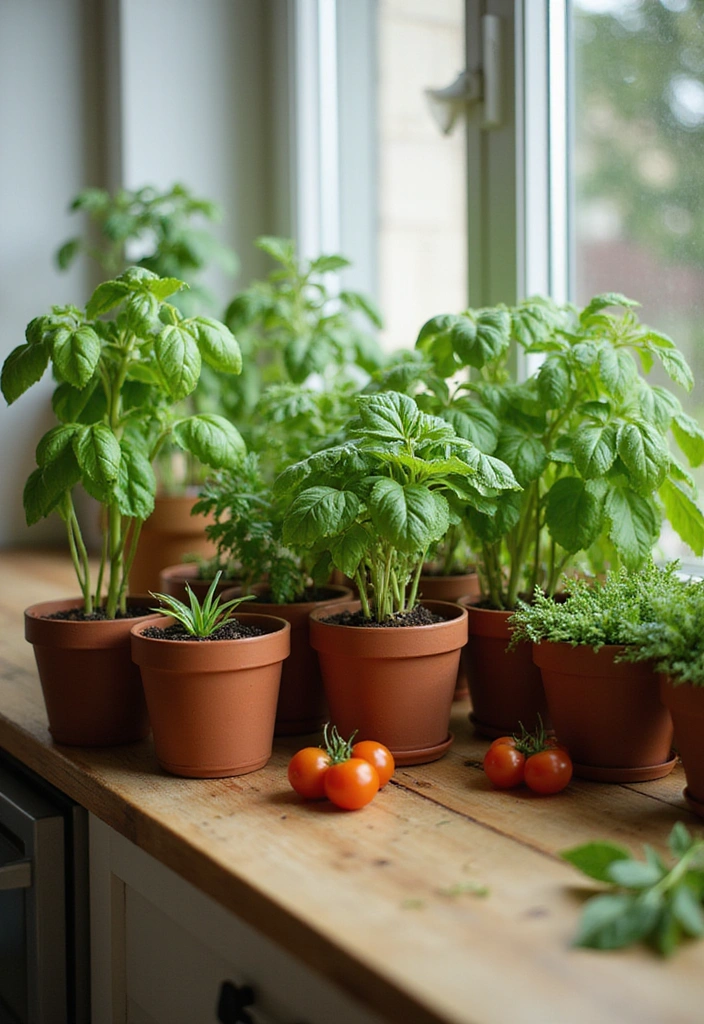
Growing edible plants indoors can be a rewarding and practical aspect of indoor gardening, especially in small spaces.
Consider herbs like basil, mint, or parsley, which not only add flavor to your dishes but also require minimal space and care.
You can even cultivate small vegetable varieties, such as cherry tomatoes or peppers, in containers on your windowsill or balcony.
By introducing edible plants into your indoor garden, you create a sustainable and functional space that enhances your culinary experiences while beautifying your home.
13. Showcase Plant Varieties with Unique Textures
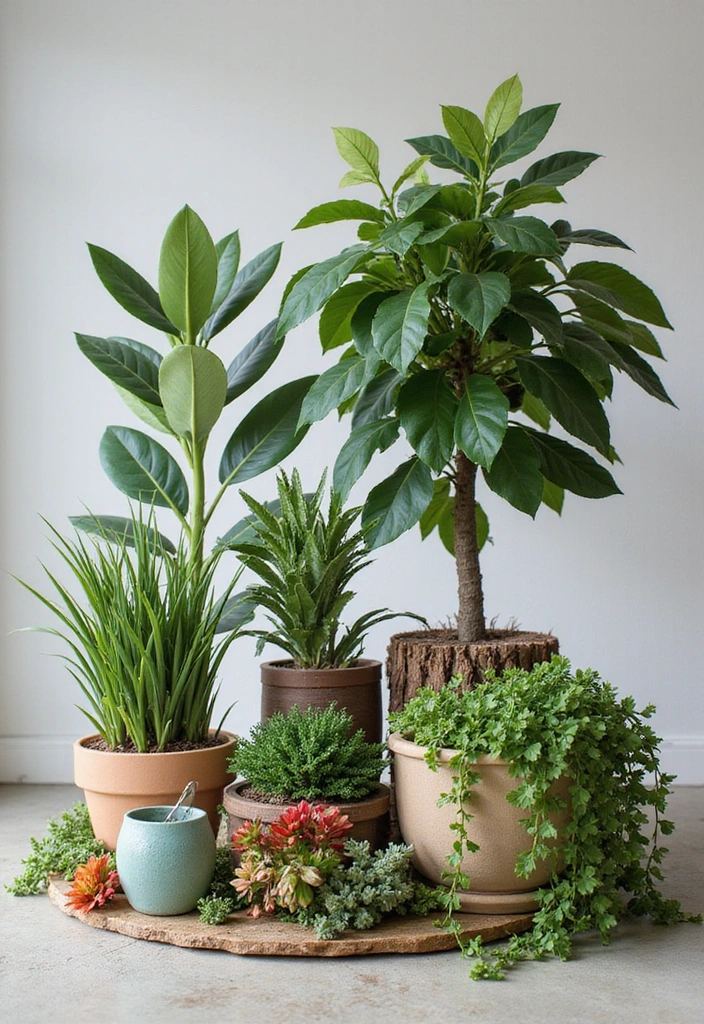
To create a visually stunning indoor garden, consider incorporating plant varieties with unique textures and forms.
Plants like Fiddle Leaf Fig, String of Pearls, and various types of succulents can add depth and interest to your space.
Mixing plants with different leaf shapes, sizes, and colors creates a dynamic aesthetic that captivates the eye and invigorates the environment.
This focus on texture not only enhances your indoor garden but also contributes to a more engaging and lively atmosphere in your home.
14. Create a Cozy Reading Nook with Plants
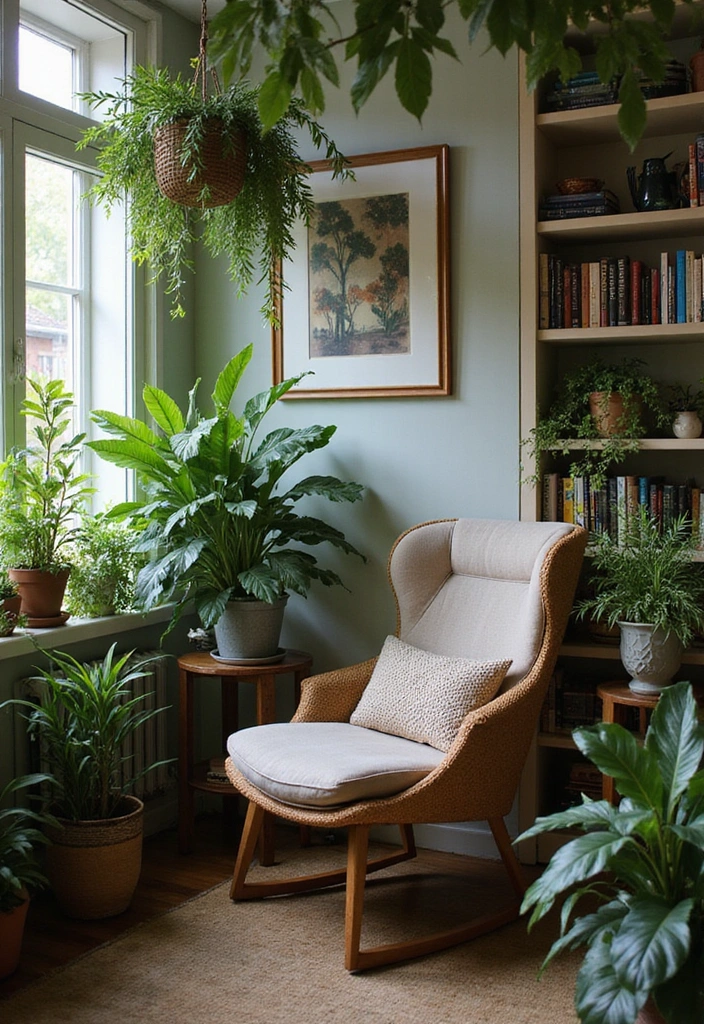
Transforming a small corner of your home into a cozy reading nook can be enhanced with the addition of indoor plants.
Arrange comfortable seating surrounded by lush greenery, creating a serene environment perfect for relaxation and escape.
Choose low-maintenance plants that thrive in lower light conditions to ensure your reading nook remains inviting and vibrant.
This integration of plants not only beautifies the space but also adds a calming effect, making it an ideal spot for unwinding with a good book.
15. Share Your Indoor Gardening Journey

Sharing your indoor gardening journey can inspire others and create a community of fellow plant enthusiasts.
Consider documenting your progress on social media or starting a blog to showcase your favorite plants, tips, and transformations of your space.
Engaging with others who share your passion can lead to valuable exchanges of advice, plant swaps, and new friendships.
By sharing your journey, you not only celebrate your own achievements but also contribute to a growing community that values the beauty of indoor gardening.
Conclusion
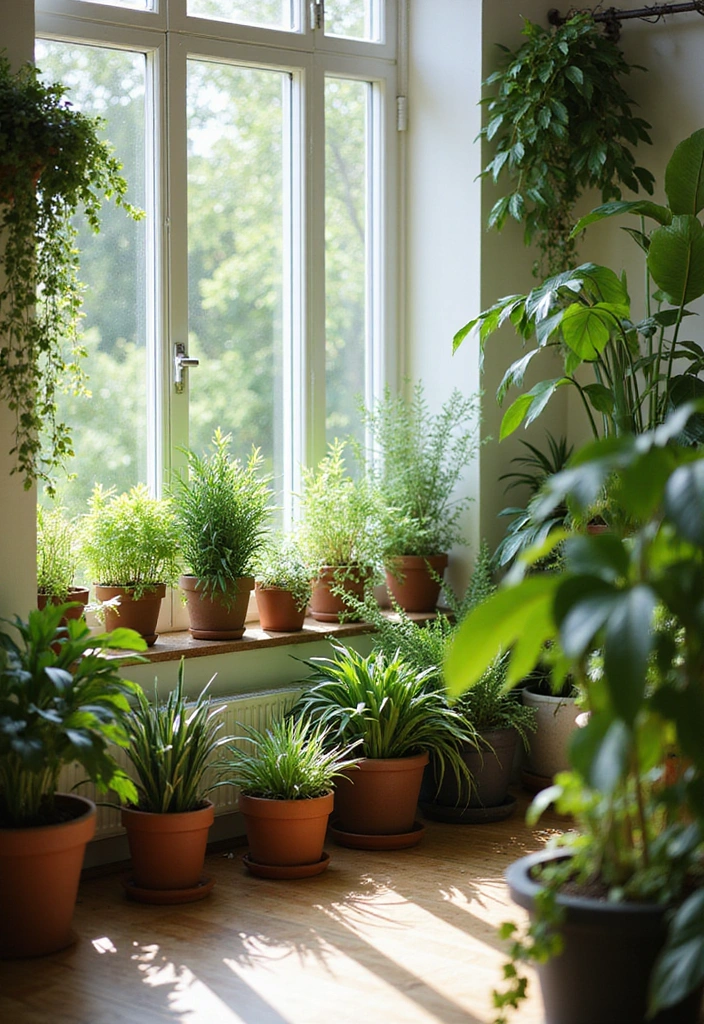
Indoor gardening in small spaces offers endless opportunities for creativity and beauty, allowing you to cultivate a serene environment in your home.
By implementing these 15 secrets, you can thrive in your gardening journey, regardless of space limitations or light conditions.
Embrace your green thumb and let your indoor garden shine, transforming your home into a lush sanctuary filled with life and color.
